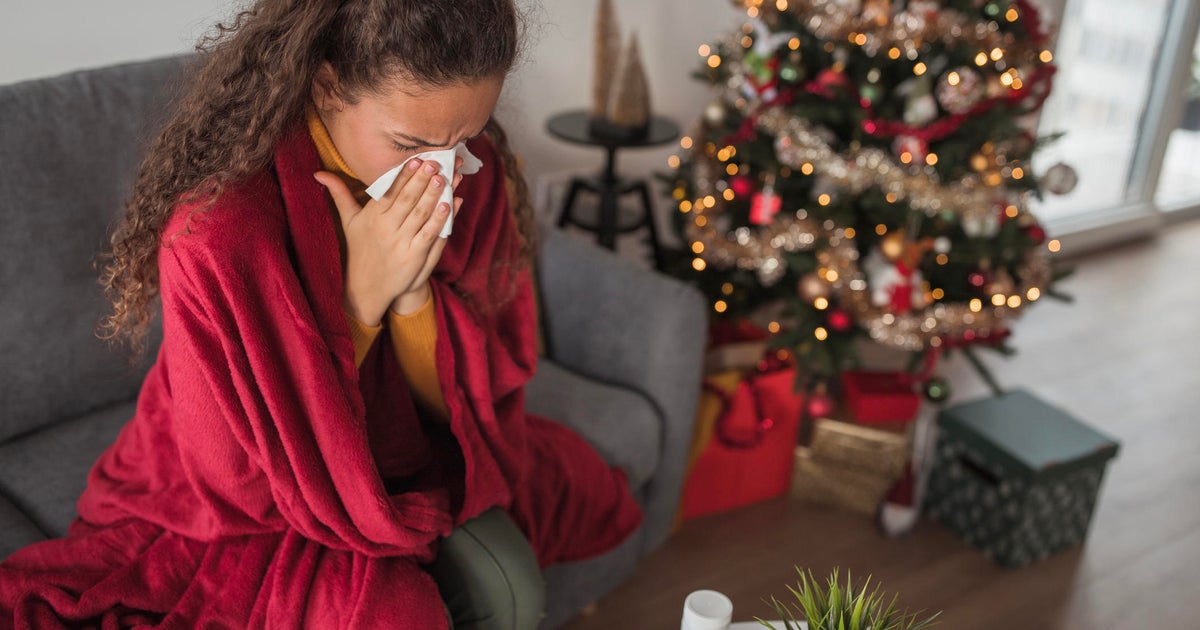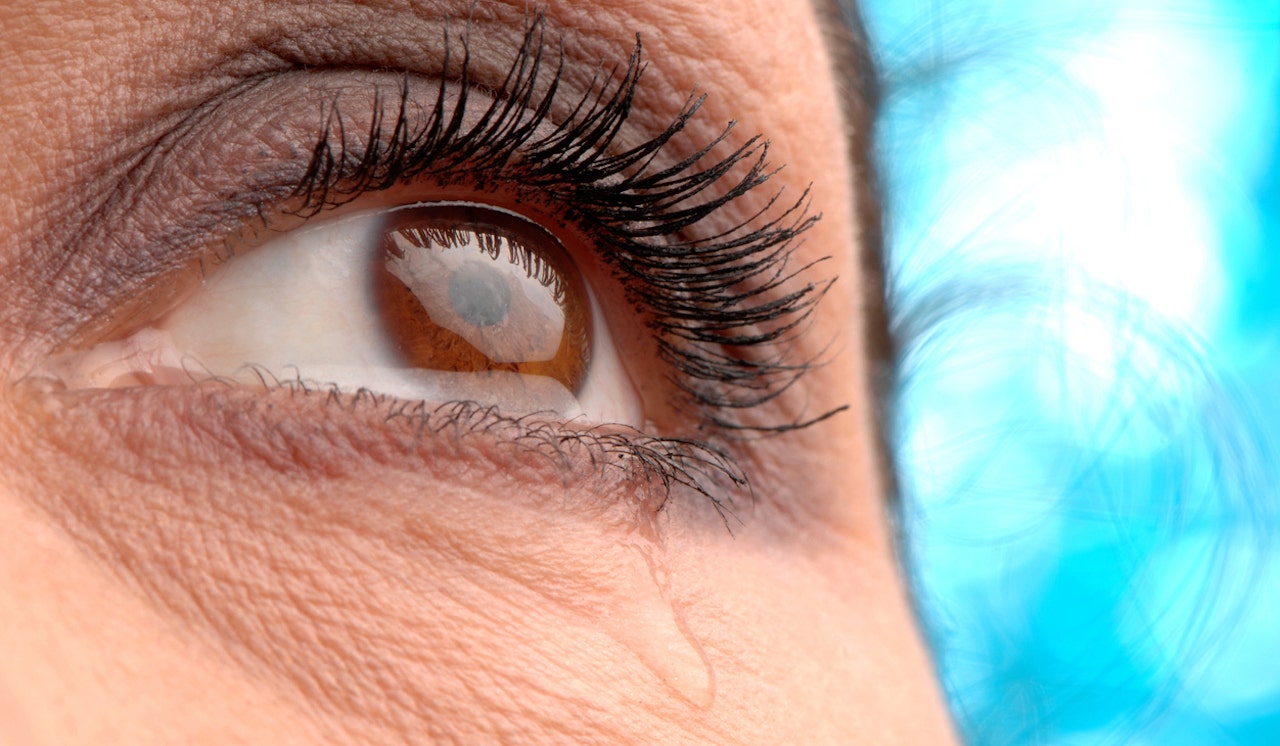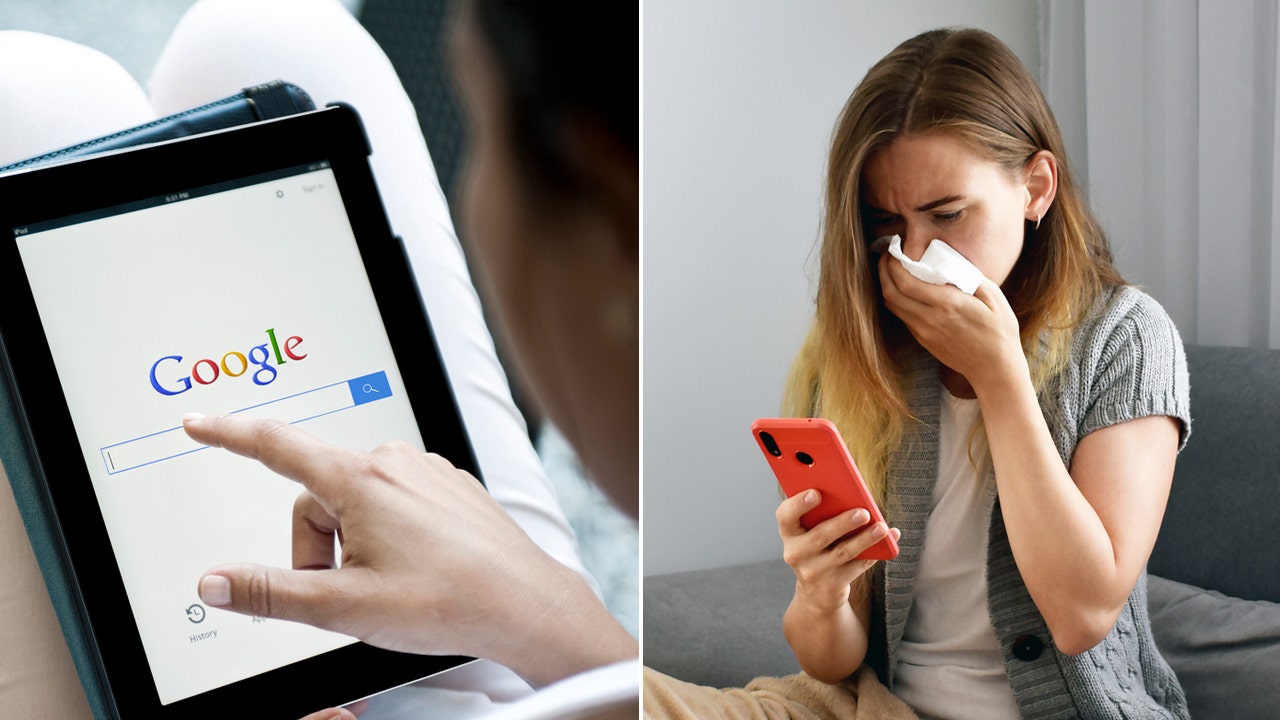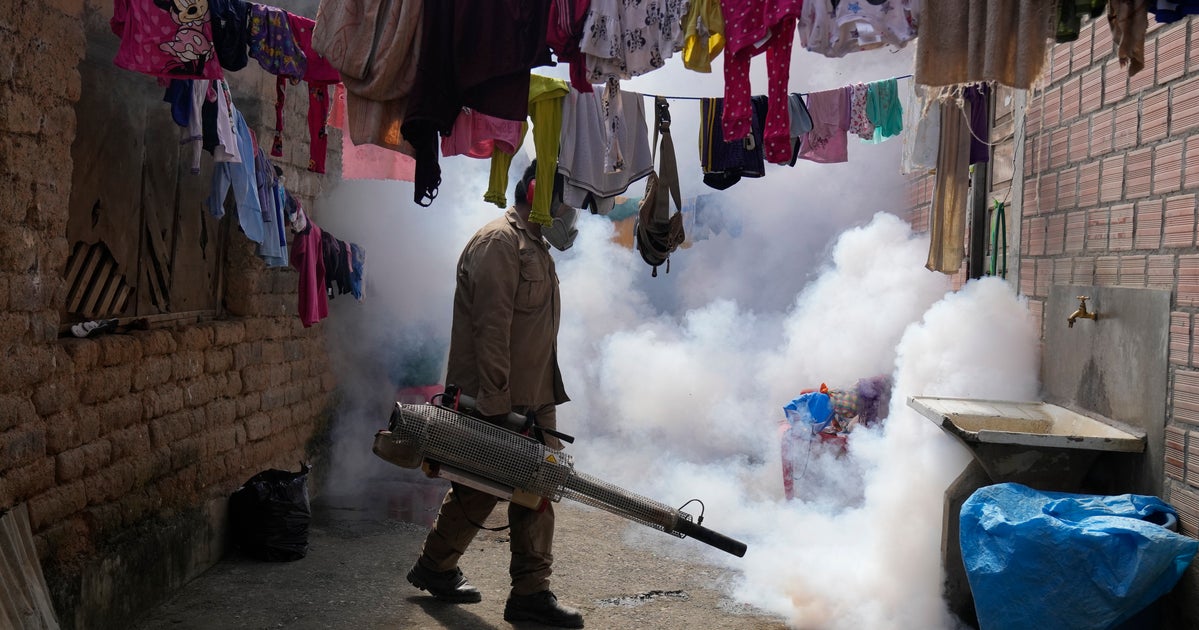Is your Christmas tree causing allergies? What experts say about
‘Tis the season for sneezing and coughing — but in some cases, it may not be seasonal germs but the Christmas tree in your living room that’s making you feel those symptoms.
Sometimes referred to as “Christmas Tree Syndrome,” experts say it can cause your indoor allergies to flare up around the holiday. It’s not an allergy to the tree itself, but what’s lurking on it.
“When you bring in a Christmas tree into the home, people have worsening allergy symptoms,” says Dr. DeVon Preston, an allergist at Cleveland Clinic. He says it’s not pine pollen from real trees causing the problem, as people often think.
“It’s more of the weed pollens and mold spores that are collecting on the Christmas trees, and then you bring them into the home and then those pollens kind of drop off and make a lot of your symptoms worse,” he explains. “People just don’t think about the fact that they may need to clean their trees off before bringing them in the home.”
Experts told CBS News Texas that it’s best to rinse off real trees with a significant amount of water and shake them while still outdoors in order to remove some of the access allergens and irritants.
Having an allergy to pine trees is actually uncommon, but doctors say the pine smell can irritate the sinuses and lungs.
“If they’re using a live tree, it’s a pine tree and those aren’t pollinating in the middle of winter. But they’re live things that are dying and what grows on dying things is mold,” Dr. Mark Millard, pulmonologist at Baylor Scott & White Health, told CBS News Texas.
If you have an artificial tree, you’re not necessarily out of the woods. Allergens like dust and mold can build up on those types of trees and decorations during their months in storage, and trigger symptoms when you bring them into your living space.
“We tend to store them in places in the home that have a lot of dust and dust mites. Or if they’re put in places that are moist and very warm … you can generate mold,” Preston says. “And we rarely keep these decorations and artificial tree in an airtight container.”
To reduce some of the irritants, try vacuuming the branches to remove dust that may have accumulated while in storage.
If you choose a real tree, it’s best to get rid of it right after the holidays, because mold can continue to grow on the tree.
According to the American Christmas Tree Association, studies show that Christmas trees can carry about 50 types of mold and can increase the number of mold spores in an apartment by more than six times. The longer the tree stays in your home, the higher the mold spore count can get.
“If you really have significant allergies it may be a good time to put an air purifier next to the tree,” Preston suggests. “If all of that still doesn’t work, then it’s time to think about some of the over-the-counter nasal steroids, nasal antihistamines, or oral antihistamines to help with those symptoms.”







